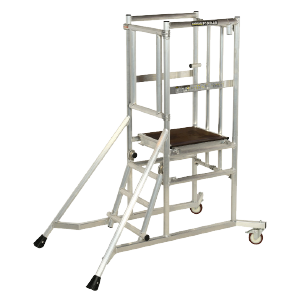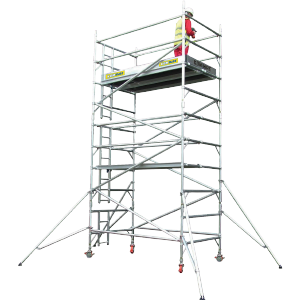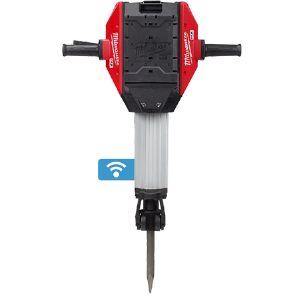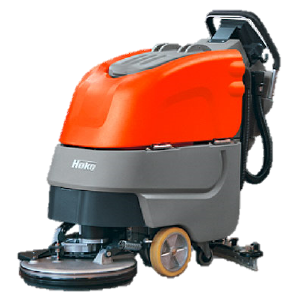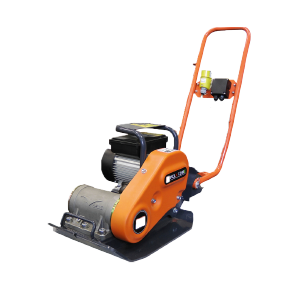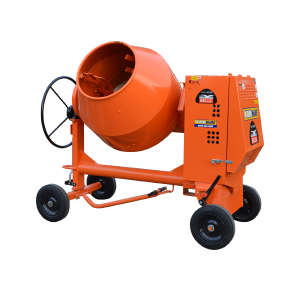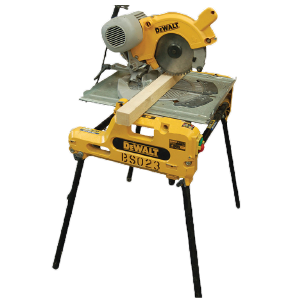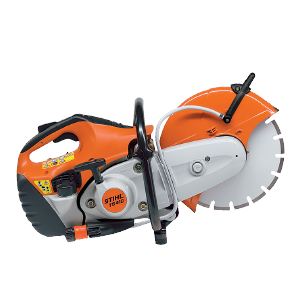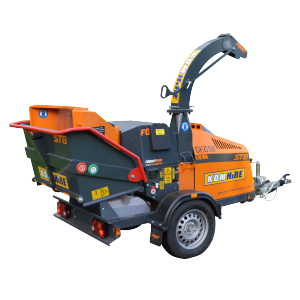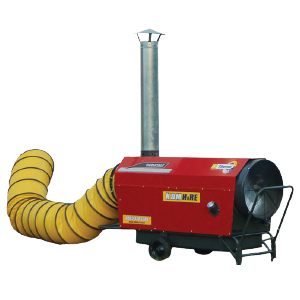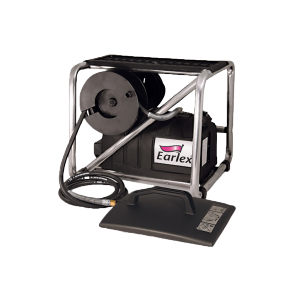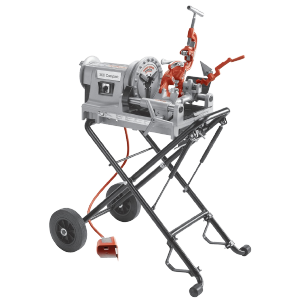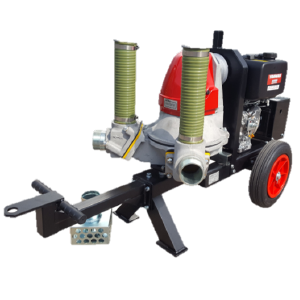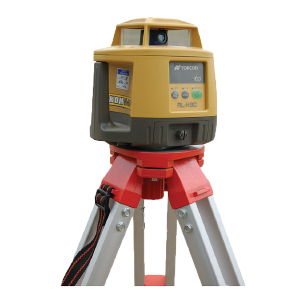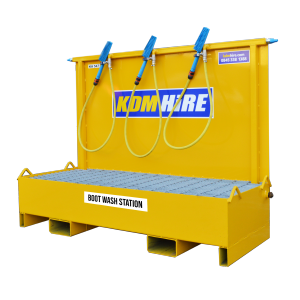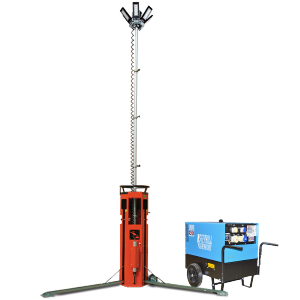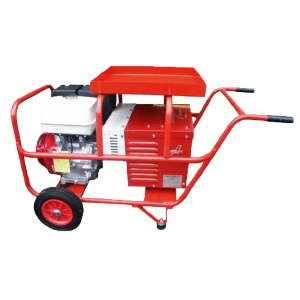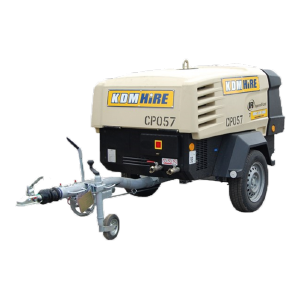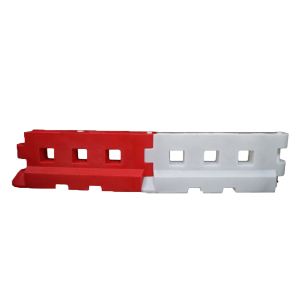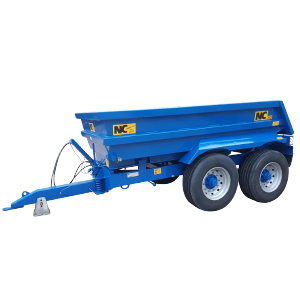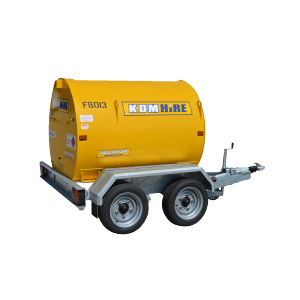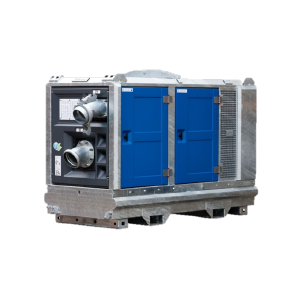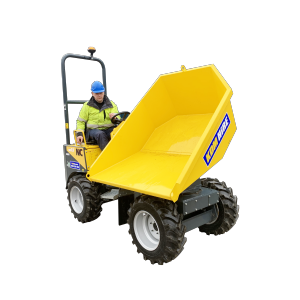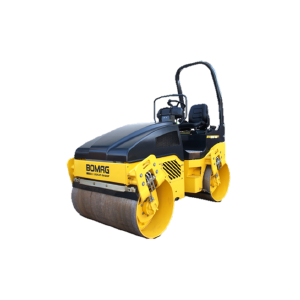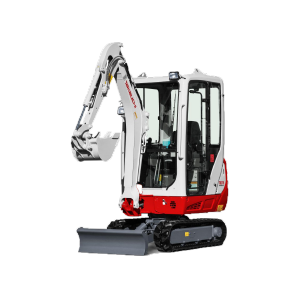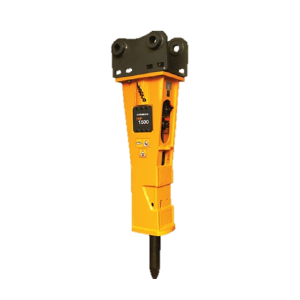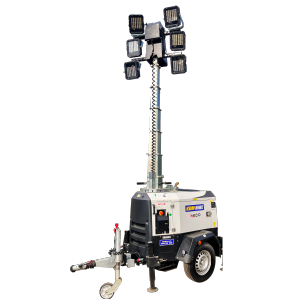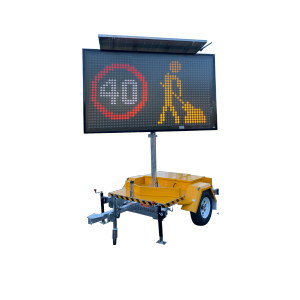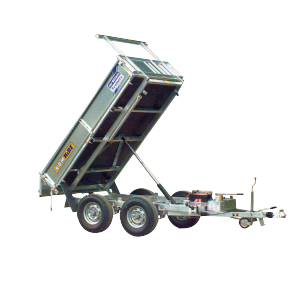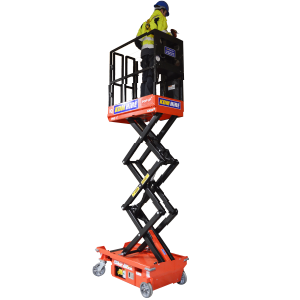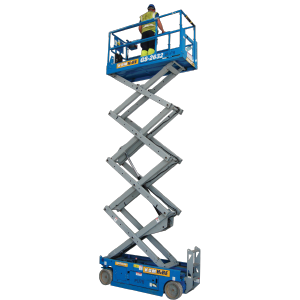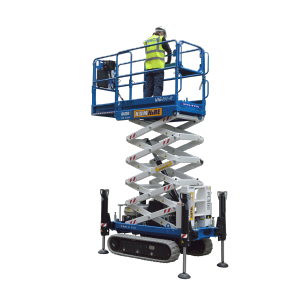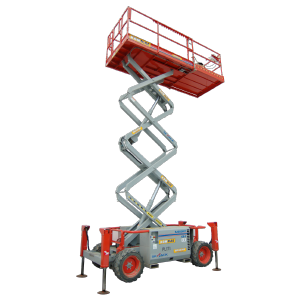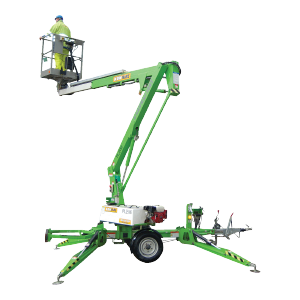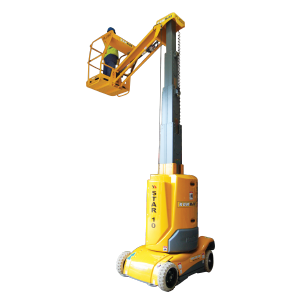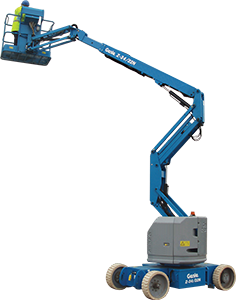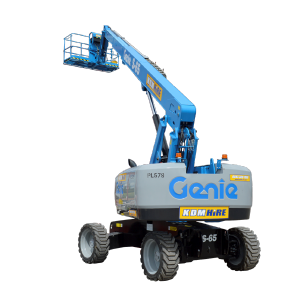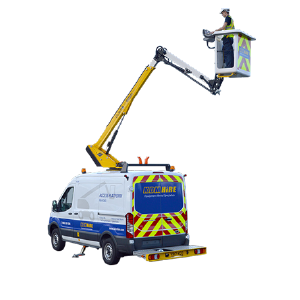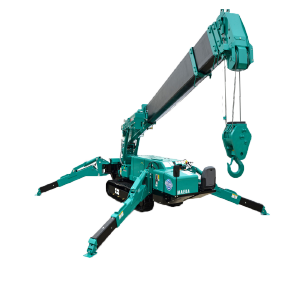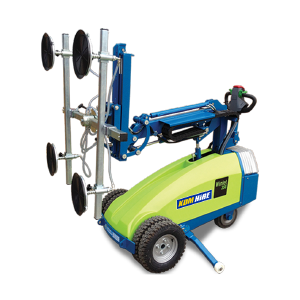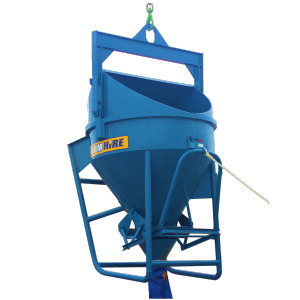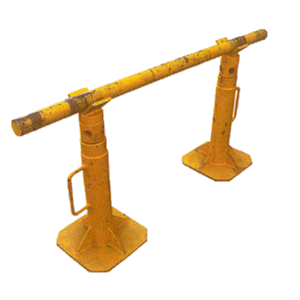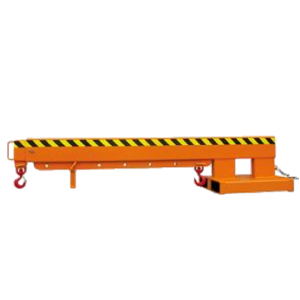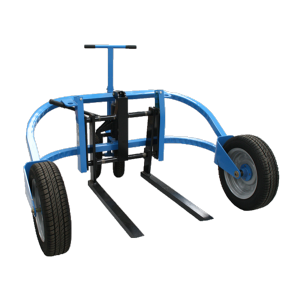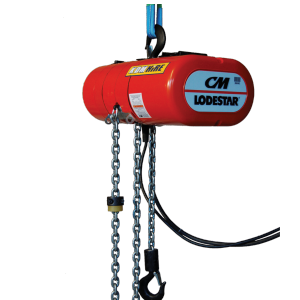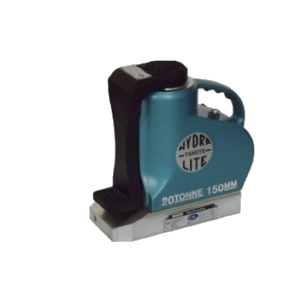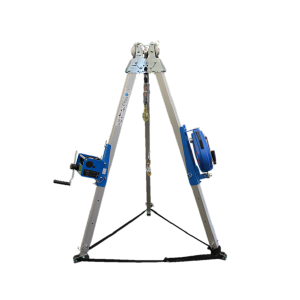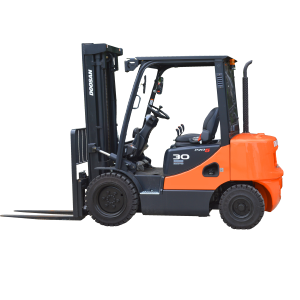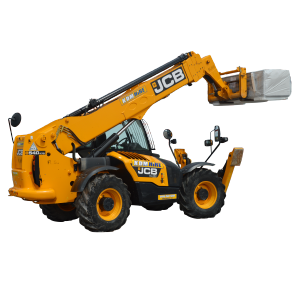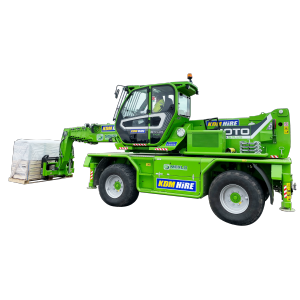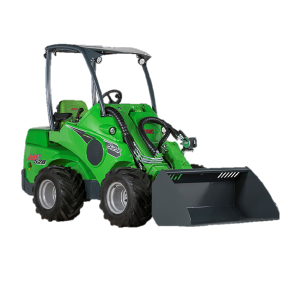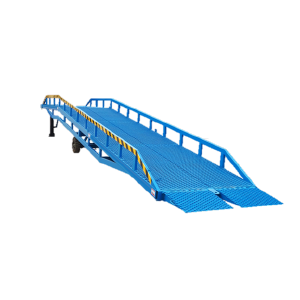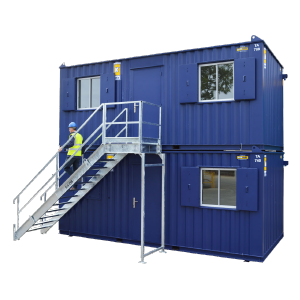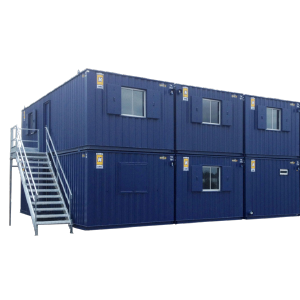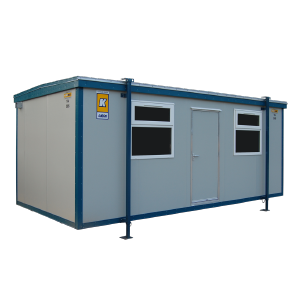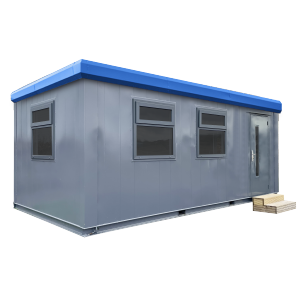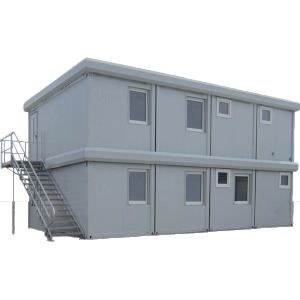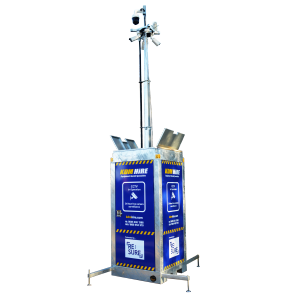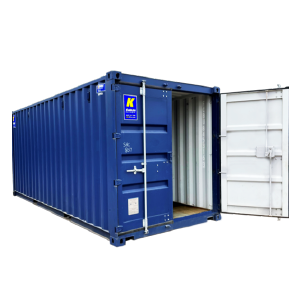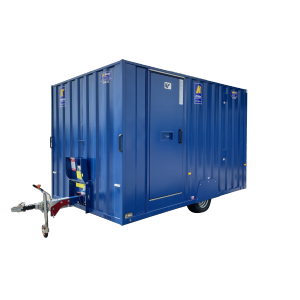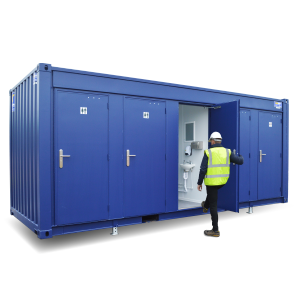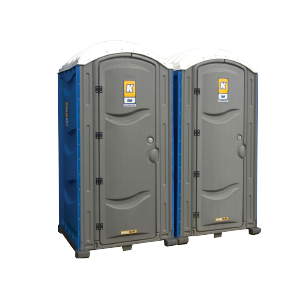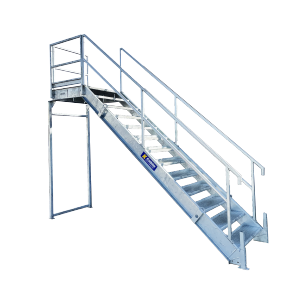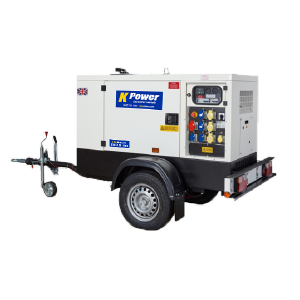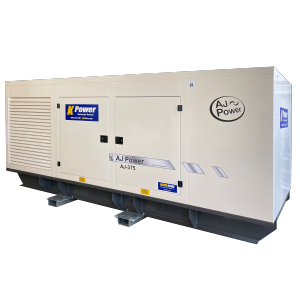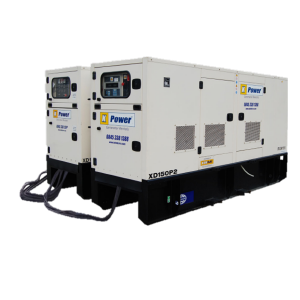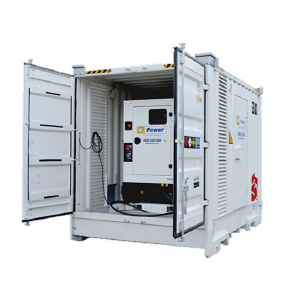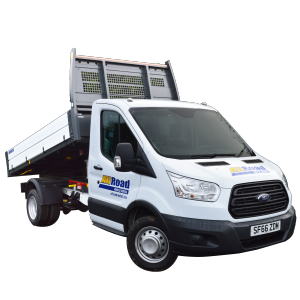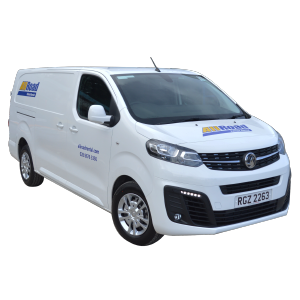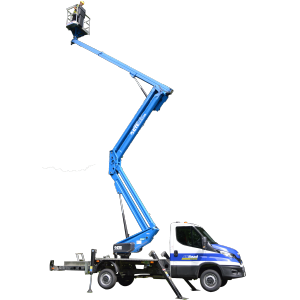Shipping containers have come a long way from their original purpose of transporting goods across oceans. Today, they are used for a wide range of applications, from storage units and offices to innovative architectural projects.
If you’re considering buying a shipping container, there are some essential factors to consider to ensure you make the right choice. In this article, we’ll walk you through what you need to know before purchasing one.
What to Consider Before Buying a Shipping Container?
Purchasing a shipping container isn’t just about what size you might require, you also need to consider other factors such as water resistance, flooring, lighting, etc. This will ensure that your shipping container is fit for purpose and worth the investment.
Check out these tips below to help you make an informed purchase decision.
1. Determine Your Purpose
The first step in buying a shipping container is to define its intended use. Are you looking for extra storage space, a mobile office, a workshop, or a creative architectural project? Understanding your purpose will help you choose the right container type, size, and condition.
2. Container Types
Not all shipping containers are built the same, so you will need to familiarise yourself with the different types in order to ensure that you get the most out of your purchase. There are several builds of shipping containers available, each designed for specific purposes.
Common types include:
Standard Shipping Containers
These are the standard shipping containers used for transporting goods. They come in various sizes, with 20ft containers and 40ft containers being the most common.
High Cube Containers
These containers are taller than standard containers, providing additional vertical space. They are suitable for storing or transporting large items.
Refrigerated Containers
Also known as reefers, these containers are equipped with cooling systems and are used for transporting temperature-sensitive goods.
Open-Top Containers
Open-top containers have removable tops, making them ideal for transporting oversized cargo that requires top-loading or for projects that need easy access from above.
Flat Rack Containers
Flat racks have collapsible sides, allowing them to carry oversized or awkwardly shaped cargo. They are commonly used for transporting machinery or vehicles.
Office Space Containers
Office space containers are shipping containers that have been converted into portable office spaces. They typically have built-in electrical lights and heating in addition to PVC double-glazed windows and vinyl flooring.

3. Container Sizes:
Shipping containers come in various sizes. You’ll typically find that the 20-foot container and the 40-foot container are the most common, but you could be paying for space you don’t need. Be sure to consider alternative sizes such as;
This range of smaller-sized shipping containers provides convenient alternatives for those who require less storage or workspace. Choosing the right size container ensures that you maximise your investment while avoiding unnecessary costs associated with larger units. Before making your selection, carefully assess your needs and the available space to determine which size will best serve your specific requirements.
4. Container Condition
Shipping containers are typically categorised into new or used conditions. New containers are in excellent condition and are suitable for a wide range of applications, while used containers have been previously used for shipping but are still structurally sound. It’s also worth noting that used containers will typically cost less, which could be beneficial if you’re working within a tight budget.
5. Inspection and Certification
Before buying a used container, it’s essential to inspect it thoroughly. Check for signs of rust, dents, and structural damage. Ensure that the container meets safety standards and has a valid cargo-worthy certification if required.
6. Container Features
When purchasing a shipping container, it’s essential to be aware of the features that come with it, as these elements can greatly impact its functionality and suitability for your specific needs.
Dry and Water-Tight
Ensure that the container’s dry and water-tight seal is in excellent condition, as any compromise in this area can lead to potential damage to your stored goods.
Heavy Duty Doors
The heavy-duty doors not only enhance security but also contribute to the overall durability of the shipping container, making them suitable for various applications.
Padlock Cover
The padlock cover ensures that your padlock remains in good condition, and it acts as a deterrent to unauthorised access.
Marine Ply Interior Floor
The marine plywood interior floor is an excellent choice for protecting your belongings from ground moisture and ensuring a stable foundation within the container.
Multiple Tying Points Inside
The inclusion of multiple tying points inside the container allows for efficient and secure loading and storage of goods, minimising the risk of damage during transit.
Forklift Pockets
Forklift pockets simplify the movement of shipping containers, making them highly manoeuvrable assets for various applications, from logistics and construction to storage solutions.
Twistlocks in All 4 Corners
With twist locks in all four corners, shipping containers can be safely and securely stacked on top of one another, optimising space utilisation and enhancing the efficiency of cargo transport and storage.
Understanding these features and their significance can help you make an informed decision when purchasing a shipping container, ensuring that it meets your specific needs and provides the functionality and security required for your projects or storage requirements.
7. Delivery and Placement
Consider how you plan to transport and position the container on your property. Some suppliers offer delivery services, while others may require you to arrange transportation. Also, think about the surface on which you’ll place the container; it should be level and sturdy.
8. Budget Considerations
Shipping container prices can vary greatly based on type, size, condition, and location. Have a clear budget in mind and be prepared for additional costs such as delivery and customisation.
9. Supplier Reputation
Choose a reputable supplier with a track record of delivering quality shipping containers. Reading customer reviews and asking for recommendations can help you find a trustworthy supplier.
Want to Buy a Shipping Container?
Buying a shipping container can be a practical and cost-effective solution for various needs. By considering factors like intended use, container type and size, condition, inspection, regulations, and budget, you can make an informed decision and ensure that your purchase serves your needs effectively for years to come.
Whether you’re looking for extra storage space or embarking on an exciting architectural project, a shipping container can be a versatile and durable asset. At KDM Hire, we regularly stock new and used shipping containers for sale, browse through our product range or get in contact for any product inquiries.
